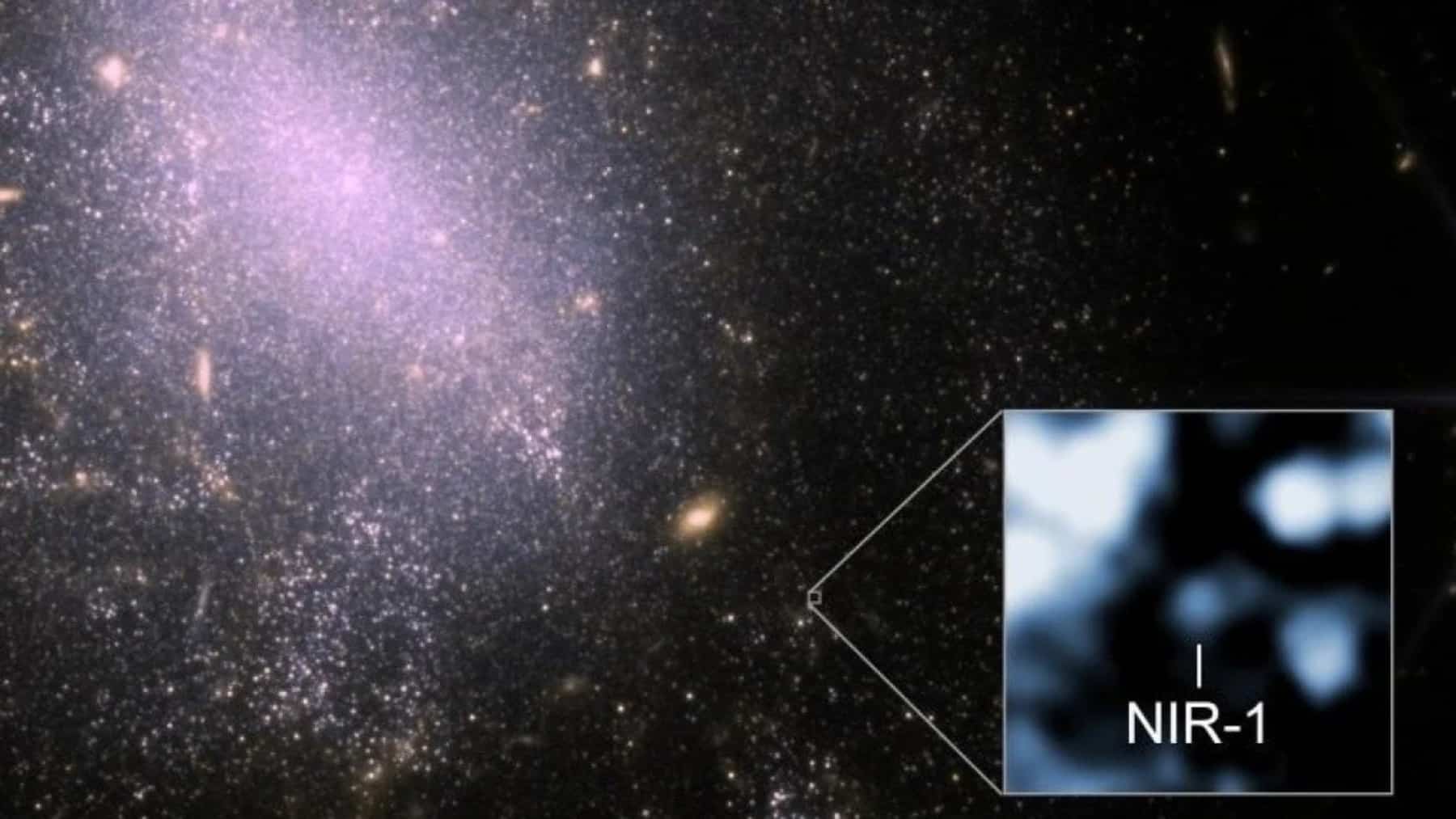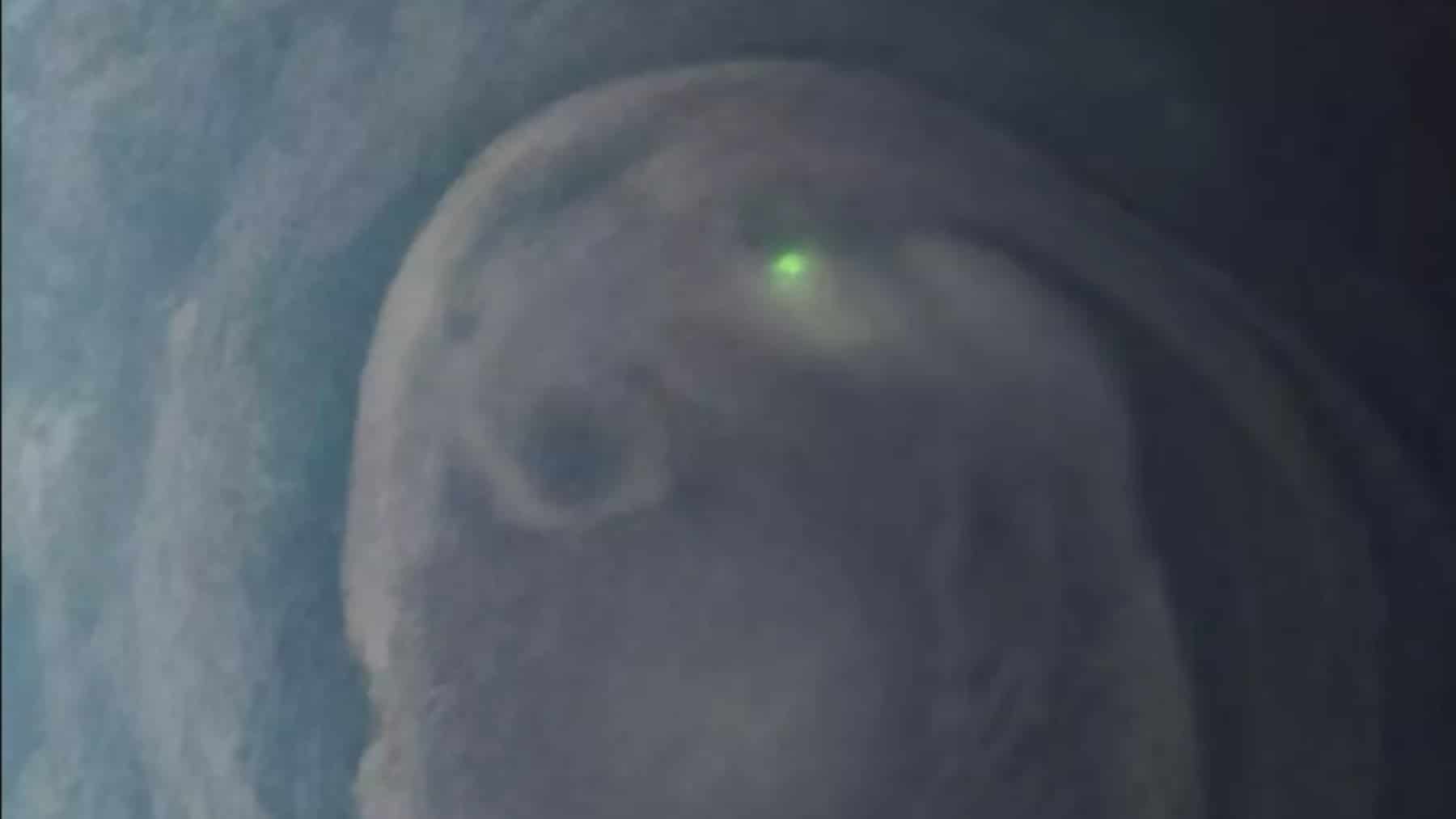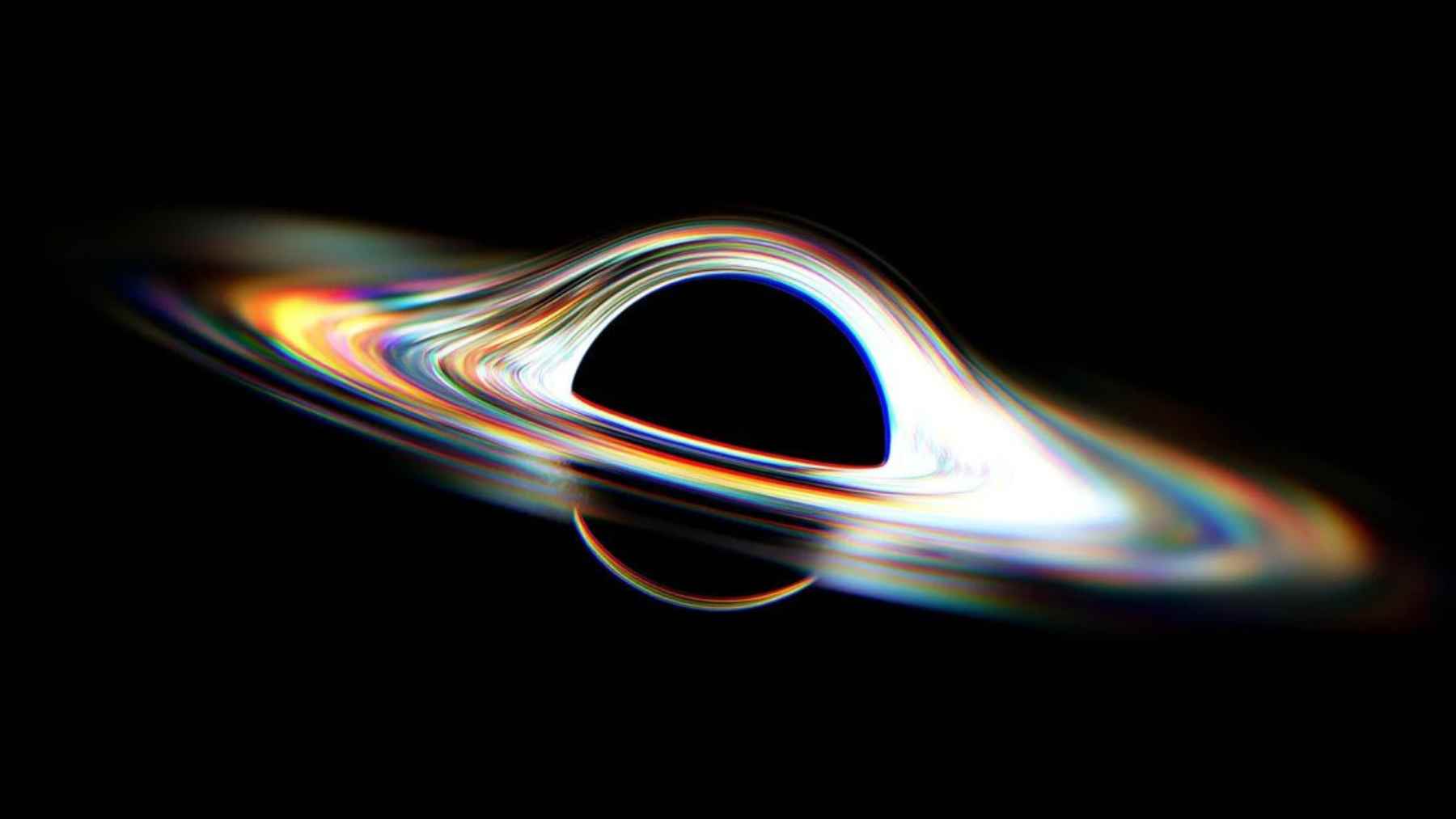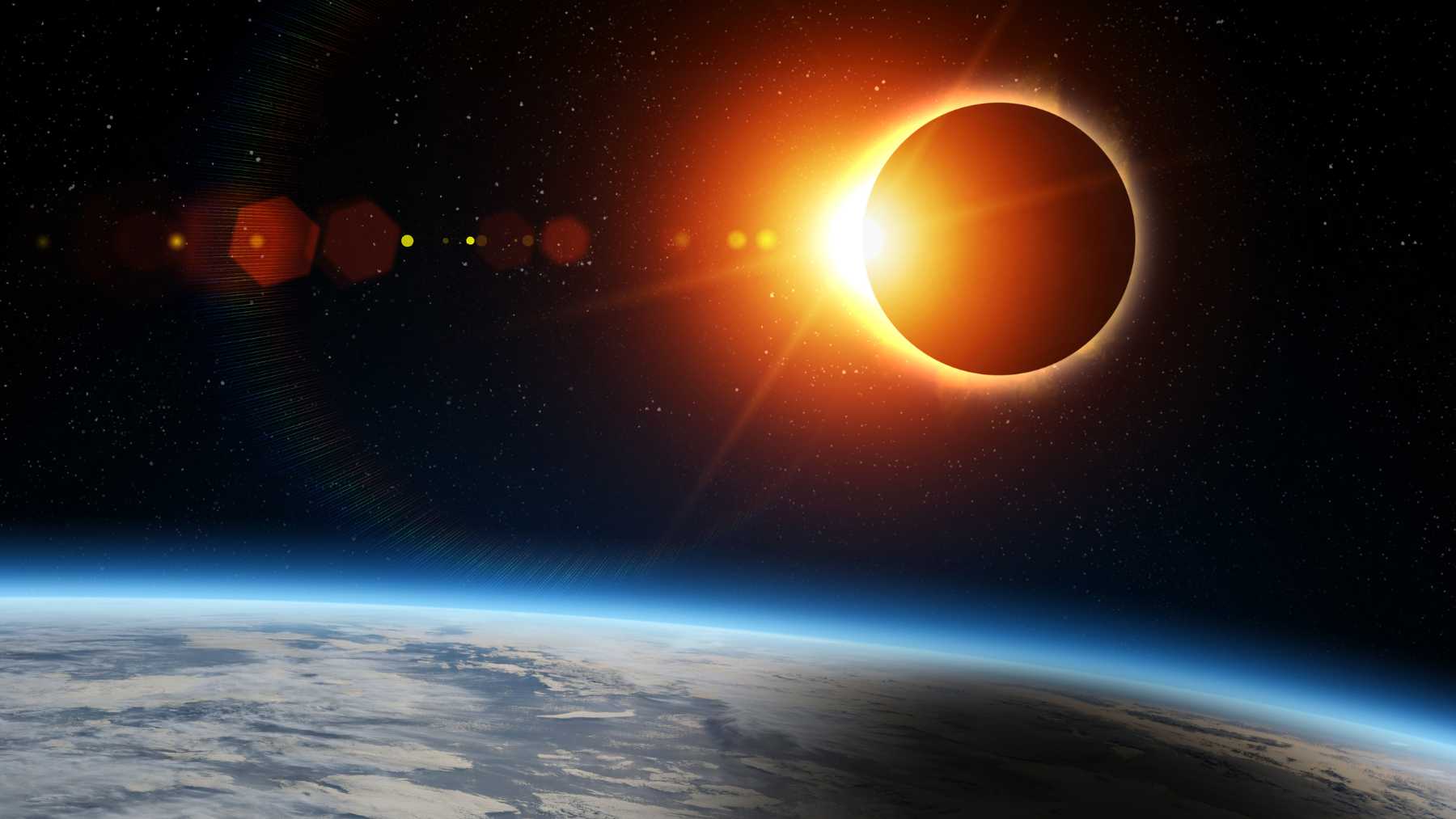Space has a curious way of surprising us. That’s because, even when we think we’ve seen it all, a phenomenon so intense emerges that it forces us to rethink what we know. This is the case with bursts of energy that last only milliseconds but shine brighter than any star in their galaxy during that interval. Now, imagine compressing four entire days of solar energy into less time than the blink of an eye. It sounds like science fiction, but that’s exactly what a group of telescopes captured in March 2025.
The cosmos just exploded: A flash unlike any other?
This type of energy burst is nothing new in modern astronomy. After all, since its first detection in 2007, hundreds have been observed. The problem is that most of them appear suddenly and disappear before we can study them properly. A few recur, flashing several times over the course of months, but most are unique. This new event was also a single flash, so bright that it confused even the algorithms that sort the data.
For a moment, the systems thought it was terrestrial interference. Only after careful analysis did it become clear: it was a fast radio burst (FRB) coming from deep space. This is where the story earns its curious nickname: RBFLOAT — Radio Brightest Flash of All Time. It describes exactly what it was: the brightest radio flash ever recorded. Speaking of the size of this event:
- Energy released: equivalent to four days of solar energy in milliseconds.
- Distance: 130 million light-years — relatively close in cosmic terms.
- Location accuracy: within a region only 42 light-years wide in a spiral arm of the galaxy NGC 4141.
Listening across continents: Uncovering a hidden cosmic engine?
This leap in precision has a name: CHIME. A radio telescope in Canada, designed to map hydrogen in the universe, but which ended up becoming the world’s most prolific “FRB hunter.” The secret, however, lies in its new complement: the Outriggers, which are three smaller versions of CHIME scattered across North America (in West Virginia, California, and Canada itself). When an FRB is detected, they work together to triangulate the signal, as if they were being heard from different points across the continent.
After the detection, two telescopes, the MMT (Arizona) and the Keck II (Hawaii), took detailed images of the region. What they found was fascinating: the event occurred at the edge of a region of active star formation. This location is important because many scientists believe that magnetars (extremely magnetized neutron stars) are responsible for FRBs (also worth noting is the nearest radio flash that exposes a hidden engine). Interestingly, RBFLOAT was not right in the center of the stellar nursery, but slightly offset. This raises two hypotheses:
- Either the magnetar was “expelled” from its birthplace.
- Or it formed at that very unusual spot.
A cosmic gift: A single flash that could rewrite the universe?
We need to keep in mind that, to date, in nearly eight years of research, the scientific community has only managed to locate about 100 FRBs with good precision. Now, with CHIME and the Outriggers, more than 200 precise locations are expected per year. And well, this changes everything. With hundreds of examples, it will be possible to compare environments, identify patterns, and perhaps separate FRBs into different categories of origin.
With RBFLOAT, it is as if the universe had given us a gift, a single flash that, in less than a millisecond, illuminated an entire path for scientific research. And who knows? Perhaps, in the future, we’ll look back and say it was this event, this quick, bright, and precise burst, that began to rewrite the origin of FRBs. Just as James Webb changed history by detecting more than 800,000 galaxies in the darkness.















